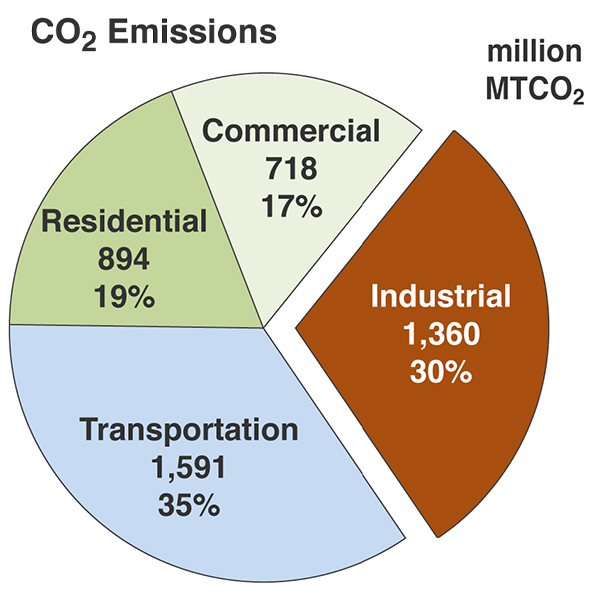
NYISO this week shared an update on a consultant’s effort to model 20-year offshore wind power profiles that will assess the potential outcomes for greater wind farm development along the Northeast coast.
DNV’s renewable profile modeling will produce three hourly OSW power profiles based on data from 2000 through 2021 for three areas. The designated areas include New York Harbor, Long Island shore and Long Island East End, though they are dozens of miles off those respective shorelines in some cases. These areas will be further broken out into seven zones that represent the potential development areas for future offshore wind projects.
NYISO engaged DNV to conduct the simulated profile study after the National Renewable Energy Laboratory released its updated 20-year wind dataset that included meteorological data but did not include relevant power profiles for those wind farm zones.
The profiles will be built from mesoscale weathering modeling, high-resolution hourly wind mapping, averaged wind farm turbine constructs, NASA’s MERRA-2 global modeling program, and other critical inputs or assumptions that ensure complete buildouts for each development area.
DNV will also use its “WindFarmer” program to create wind turbine power curves that simulate energy production based on the distribution of wind speed and direction, while still accounting for potential losses, such as wake interactions, shutdown history, density variations and extreme weather event disruptions.
The update came during NYISO’s Sept. 7 Installed Capacity Working Group meeting. NYISO is expecting DNV’s final offshore wind power profile presentation early in the fourth quarter of 2022 and plans to make those hourly wind profiles available to the public soon afterward.


